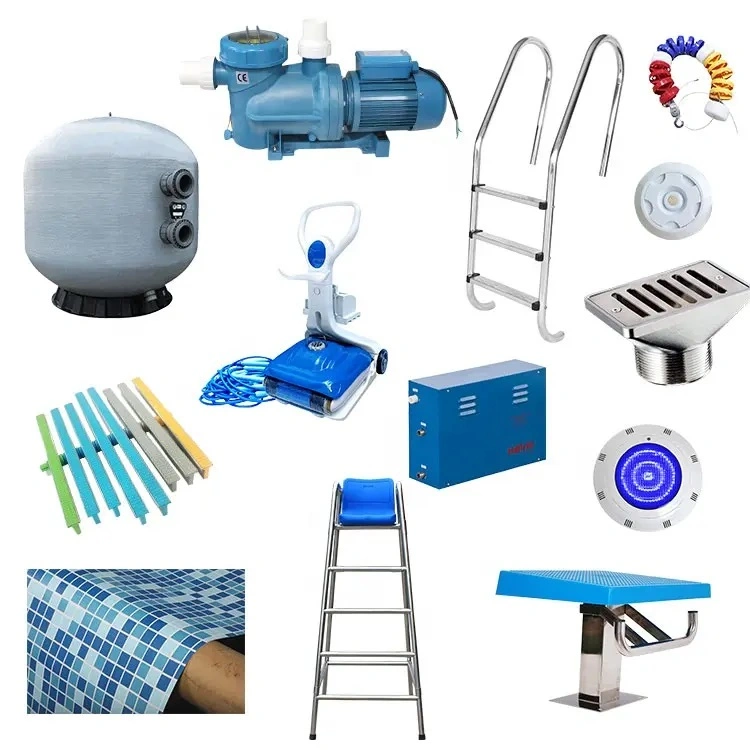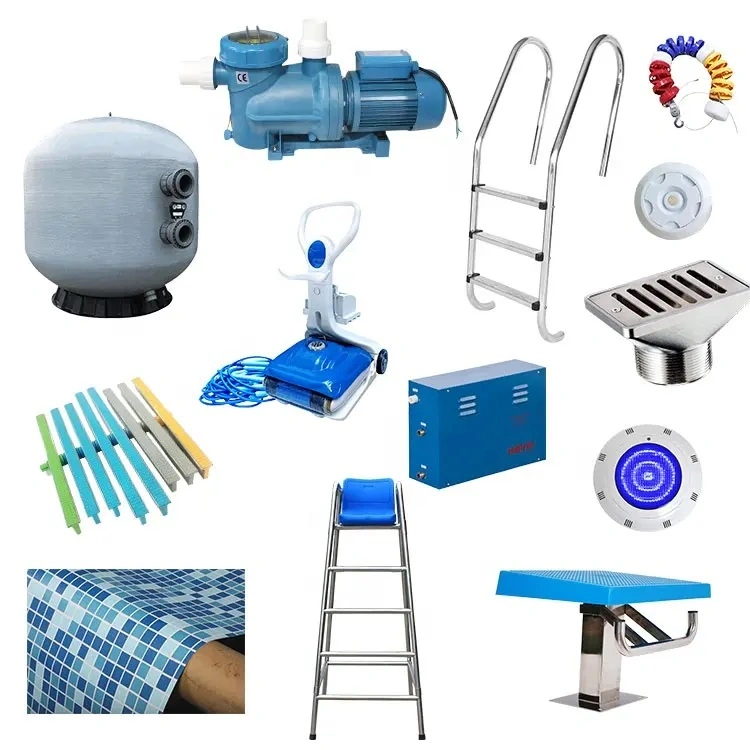# Work Pods: Revolutionizing Modern Workspaces
## The Rise of Work Pods in Contemporary Offices
In recent years, the concept of work pods has gained significant traction in the world of modern workspaces. These innovative, self-contained units are transforming the way we think about office design and employee productivity.
### What Are Work Pods?
Work pods are compact, private workspaces designed to provide employees with a quiet and focused environment. They typically feature soundproof walls, ergonomic furniture, and integrated technology to support various work activities. These pods can be used for individual work, small meetings, or even as temporary offices for remote workers visiting the company premises.
## Benefits of Implementing Work Pods
### Enhanced Productivity
One of the primary advantages of work pods is their ability to boost productivity. By offering a distraction-free environment, employees can concentrate better and complete tasks more efficiently. This is particularly beneficial in open-plan offices, where noise and interruptions can be a constant challenge.
### Improved Employee Well-being
Work pods also contribute to employee well-being by providing a space where individuals can retreat and recharge. The privacy and comfort offered by these pods can reduce stress and promote mental health, leading to a more satisfied and engaged workforce.
### Flexibility and Adaptability
Another significant benefit of work pods is their flexibility. They can be easily reconfigured or relocated to meet the changing needs of the workspace. This adaptability makes them an ideal solution for companies that frequently reorganize their office layouts or have a dynamic workforce.
## Design Considerations for Work Pods
### Ergonomics and Comfort
When designing work pods, it’s crucial to prioritize ergonomics and comfort. The furniture should support good posture and reduce the risk of strain or injury. Additionally, the interior design should create a calming and inviting atmosphere to enhance the user experience.
### Technology Integration
Modern work pods should be equipped with the latest technology to support various work activities. This includes high-speed internet, power outlets, and connectivity options for devices. Some advanced pods even feature smart controls for lighting, temperature, and sound.
### Aesthetic Appeal
While functionality is essential, the aesthetic appeal of work pods should not be overlooked. A well-designed pod can enhance the overall look of the office and create a positive impression on both employees and visitors. Choosing materials and colors that align with the company’s branding can further reinforce the corporate identity.
## The Future of Work Pods
As the demand for flexible and adaptable workspaces continues to grow, work pods are likely to play an increasingly important role in office design. With advancements in technology and materials, future work pods may offer even greater levels of comfort, functionality, and customization. Companies that embrace this trend will be well-positioned to attract and retain top talent in an ever-evolving work environment.
In conclusion, work pods represent a significant shift in how we approach workspace design. By providing employees with private, comfortable, and technologically advanced environments, these innovative units are revolutionizing modern offices and setting new standards for productivity and well-being.
Keyword: work pods







